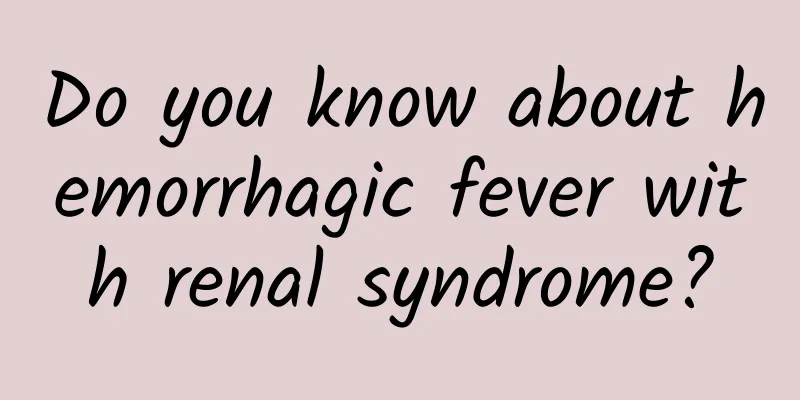How many grades does candidal vaginitis have?

|
Vaginitis is a very common gynecological disease. Depending on the causative factors, vaginitis can be divided into many types, and candidal vaginitis is a typical one. Candidal vaginitis needs to be treated with symptomatic medication, otherwise it is easy to become a long-term uncured situation. Therefore, some women are very concerned about the classification method of candidal vaginitis. So, how many grades are there of candidal vaginitis? Let’s take a look below. Vaginitis can be divided into three different degrees: moderate, mild and severe. Mild candidal vaginitis is not very obvious. Some women with mild candidal vaginitis have no symptoms because the vagina has its own defense capabilities and has a bacillus inhibitory effect. Perhaps some women are carriers of fungi but do not have any clinical symptoms. Candida albicans grows best in a vaginal environment with a pH value of around 5.5. The pH value of the vagina is around 4.5, so even if mold exists, it is not easy to reproduce. The main symptoms of mild candidal vaginitis are abnormal leucorrhea, watery leucorrhea, curd-like or ointment-like leucorrhea, all of which may be candidal vaginitis. Candidal vaginitis is caused by fungal infection, and its incidence rate is higher than that of Trichomonas vaginitis. Medically, fungal infections are called Candida infections, and candidal vaginitis is also called Candida vaginitis. Most of them are young girls, pregnant women, diabetic patients, and postmenopausal patients who have been treated with relatively large doses of estrogen. Symptoms can vary greatly depending on the patient's condition. Vulvar itching is one of the symptoms of candidal vaginitis. It is often severe itching that affects sleep and work. The symptoms generally range from mild to severe and unbearable. Patients will always scratch unconsciously, which can lead to swelling, flushing, and even erosion of the vulva. Treatment of fungal vaginitis For simple vulvovaginal candidiasis, local medication is the main choice. Generally, the symptoms will be alleviated or disappear within 2-3 days after medication. Clotrimazole vaginal suppository, use every 3 days, 2 times in total. Regarding the treatment of complicated vulvovaginal candidiasis, the selected drugs are basically the same as those for simple vulvovaginal candidiasis. Whether local or systemic medications are used, the treatment time should be appropriately extended. The treatment principles for vulvovaginal candidiasis during pregnancy are: the primary issue that must be considered during treatment is whether the drug is harmful to the fetus; treatment is mainly based on local medication, and no systemic medication is given; it is limited to pregnant women with symptoms and signs. |
<<: Menstrual cycle from 28 days to 21 days
>>: Can I have sex if I have bacterial vaginitis?
Recommend
What happened to those who often turned off the lights to look at their phones? You would never have thought of these 4 changes
Patients who come to the clinic often have red bl...
A well-known singer fainted due to heat stroke shock. Learn this guide to dealing with heat stroke!
It was reported that singer Eason Chan fainted du...
“Silent hypoxia” is all over the news! Is it necessary to buy a blood oximeter or oxygen concentrator? Can smart watches replace them?
Recently, products such as blood oximeters and ox...
What should I do if I get folliculitis in the hairy area during menstruation?
The menstrual period is a very special period, es...
Pharmacist's Antidote | "Bald Aliens", please have a look - What exactly is Minoxidil, the "miracle anti-hair loss drug"?
Time is not only a butcher's knife, but also ...
Is it true that women have hard nipples?
Breasts, like female genitals, are one of the mos...
Gynecological diseases can be transmitted through quilts
Many women in daily life often suffer from gyneco...
Can I drink honeysuckle during menstruation?
Menstruation is very important for every woman. A...
Can I test positive for pregnancy if my period is delayed by one day?
We all know that once a woman becomes pregnant, i...
How to regulate amenorrhea for three months?
Nowadays, people's attitudes towards sex life...
What are the most effective contraceptive methods?
The fruit of love is a beautiful and liberal defi...
How much does the endometrium grow every day?
The daily growth of the endometrium is very slow,...
Can pregnant women eat Spanish mackerel?
We should eat more fish on a normal basis, and es...
Is dysmenorrhea caused by blockage of fallopian tubes?
Women's bodies are affected by many factors, ...
Lower abdominal pain with brown vaginal discharge
In life, many women suffer from gynecological dis...


![[Medical Q&A] What are the causes of female infertility?](/upload/images/67f0fc12b4b2e.webp)






